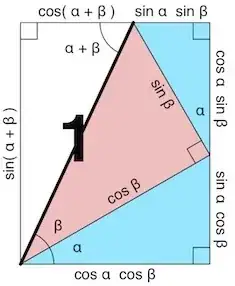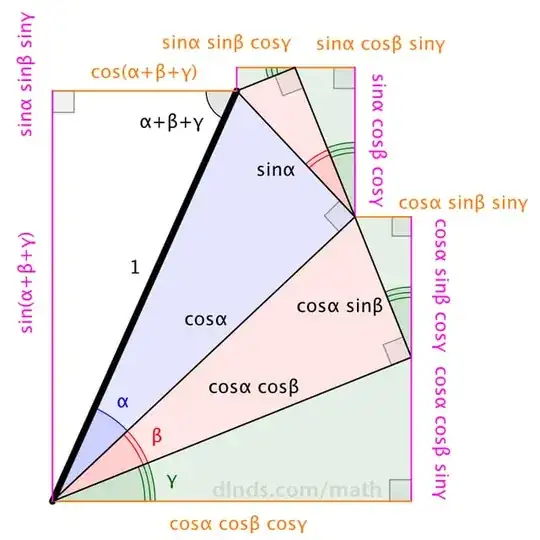There is no derivation I could find anywhere, and is rarely discussed online.
$\sin(A+B+C+\ldots)$ is what is referred as multi-angle sum not $\sin(3x)$ or $\sin(8x)$, as its finite.
$\sin(\theta_1+\theta_2+\theta_3+\ldots)=\cos(\theta_1)\cos(\theta_2)\cos(\theta_3)\cdots(s_1-s_3+s_5-s_7+\ldots)$
where
$s_n=\sum_{\rm cyc}\tan(\theta_1)\tan(\theta_2)\tan(\theta_3)\cdots\tan(\theta_n)$.
https://brilliant.org/wiki/expansions-of-certain-trigonometric-functions/

